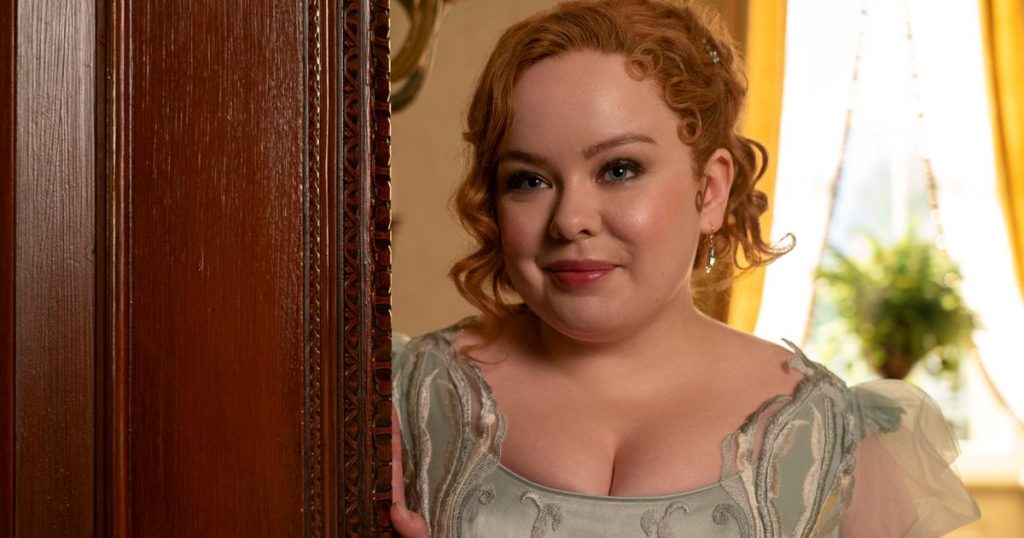In the second half of “Bridgerton” Season 3, Penelope and Colin’s engagement and evolving relationship takes center stage, alongside the exploration of female friendships and the theme of marriage. Penelope’s struggle with her identity as Whistledown and her desire for both independence and a traditional marriage creates internal conflict that is contrasted with external threats from Queen Charlotte and Eloise. The season delves into what marriage means for women and how it can grant agency as well as constrain it, questioning whether women can have it all.
As Penelope navigates her engagement and the pressures to give up her writing, she turns to the women in her life for support and understanding. Female-driven friendships and character development take center stage in the second half of the season, showcasing the complexity and depth of these relationships. The interactions between Penelope, Eloise, and other female characters highlight themes of forgiveness, growth, and grace, adding richness to the narrative.
While the female relationships in the show shine, the romantic storyline between Colin and Penelope feels shallow in comparison. Colin struggles to redefine his role as a supportive partner when Penelope’s identity is discovered, leaving the relationship feeling unbalanced. The season’s climax, with its over-the-top and cheesy moments, detracts from the depth of the show’s character development and storytelling.
Despite its shortcomings, the female friendships and character arcs in the second half of “Bridgerton” Season 3 elevate the narrative and offer a refreshing exploration of women’s agency and relationships. The show’s use of romance genre tropes and patterns to amplify women’s voices and power is a notable aspect, showcasing the challenges faced by women creators and consumers of media. Looking ahead, fans can anticipate the continuation of these themes in future seasons, with hopes for greater depth and exploration of male characters as well.


